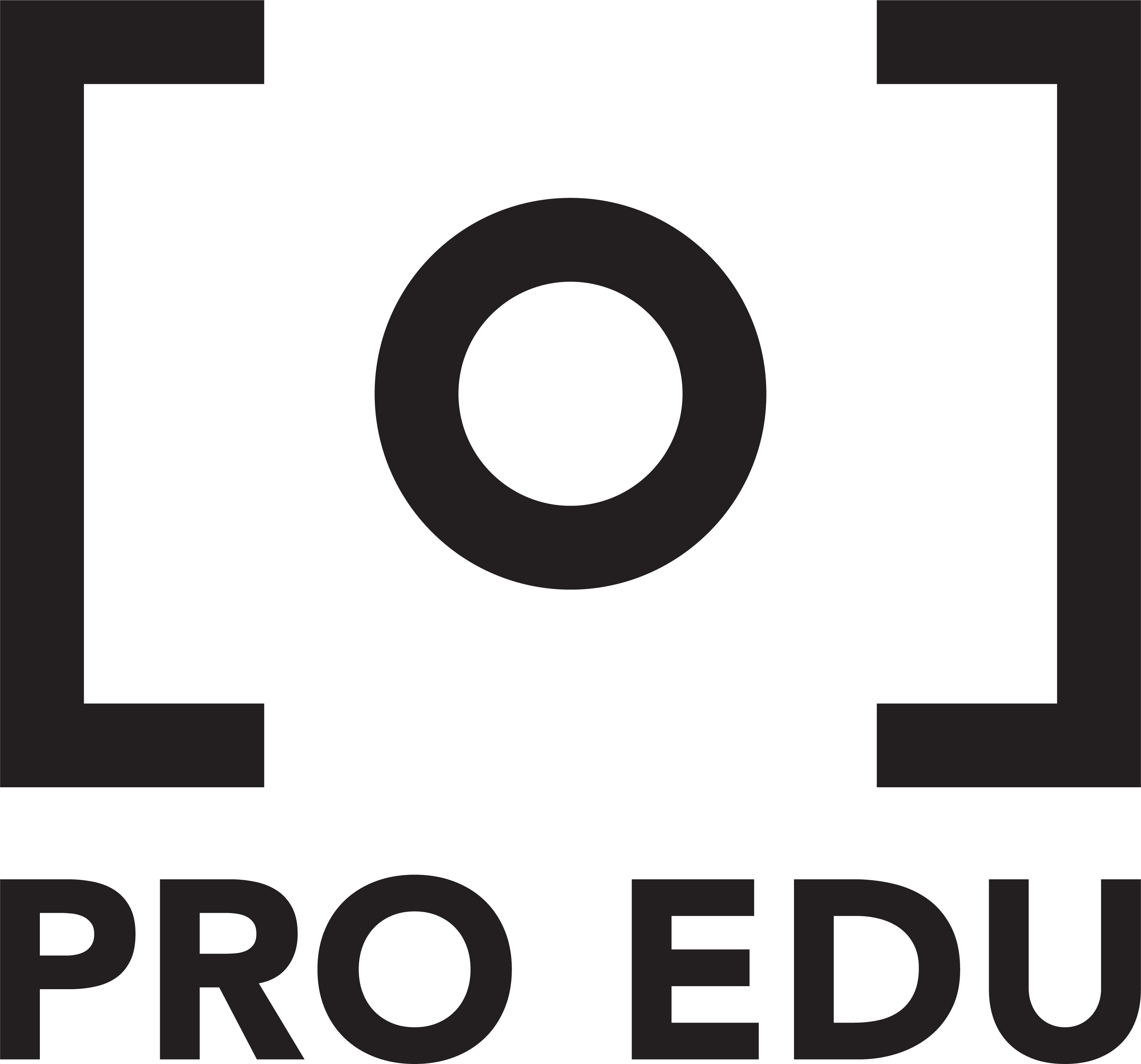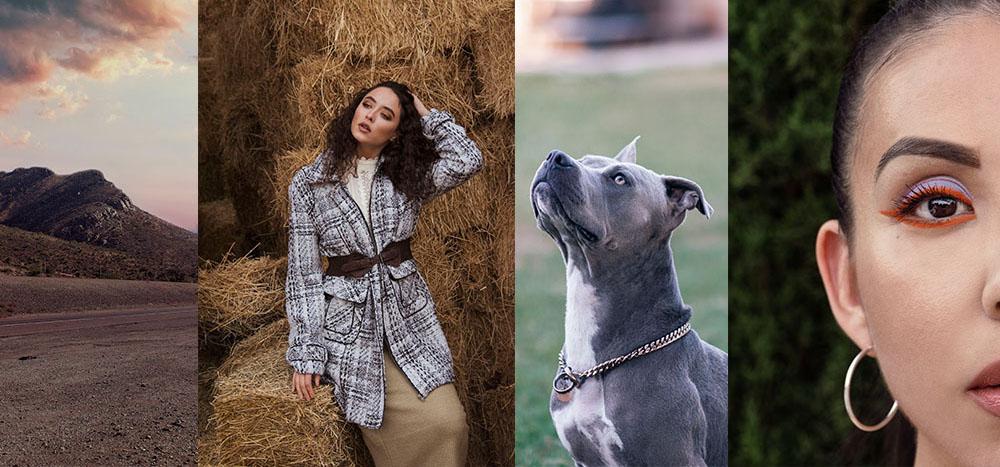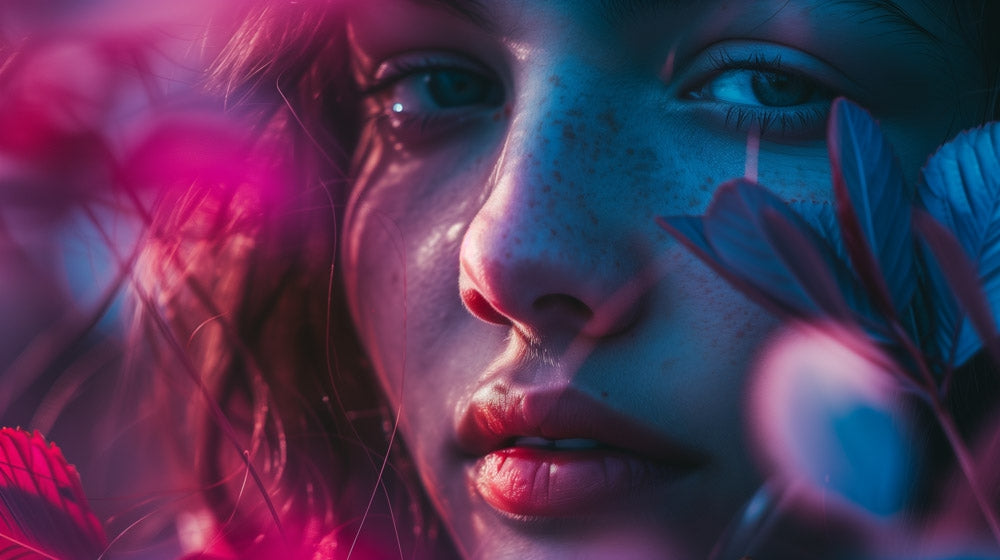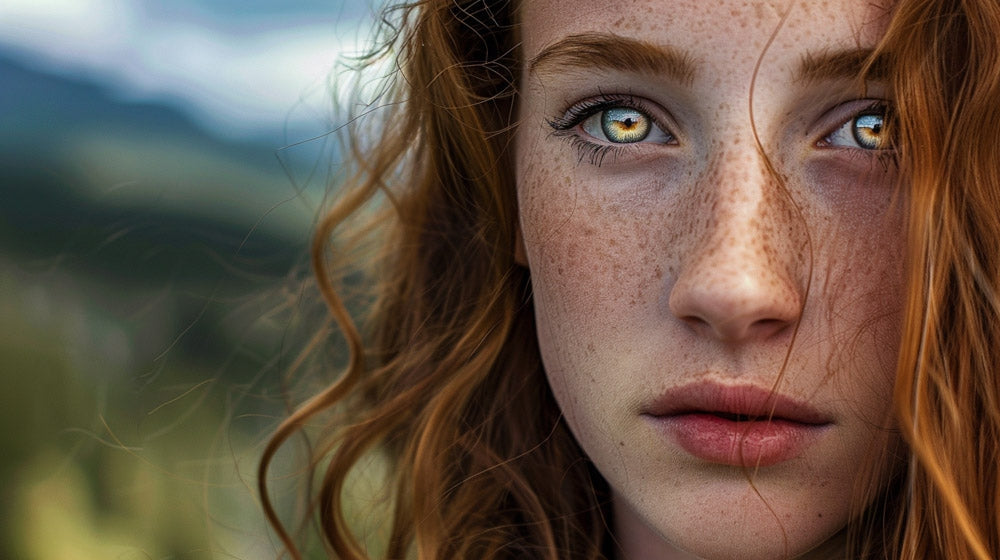A camera without its lens is rendered useless. Working in conjunction with the camera is a lens’s purpose in making images. If there’s anything I’ve learned, it’s all about the lens and less about the camera body that you own. Not only choosing the right lens but choosing a quality lens can help produce high-quality photos for your photographic needs.
While the camera body provides the megapixels, controls, light meter, ISO, and shutter release, the lens controls what is being projected onto your camera’s image sensor, the angle of view, the magnification, and much more.
As you may come to find getting into photography, the web is saturated with information, and choosing a lens for your needs can be intimidating at best. Before you start your journey into photography, it’s important to take into consideration the types of images that not only inspire you but to decide what genre or niche of photography you want to focus on.
As we get into the camera lens guide for beginners, let’s discuss some of the need to know that can aid in the understanding of how the lens works and which can be used to achieve certain images.
The Camera Lens and its Anatomy
The lens of a camera is a tool that directs the external light of what you’re shooting onto a digital sensor inside the camera body. Although it cannot be seen, the interior is made up of glass pieces. Some of the pieces are fixed to the inside of the lens barrel, and some are moveable—each assist in focusing, being able to zoom, etc.
When It comes to the exterior of the lens, it provides necessary information and controls. Starting from the part that attaches to the camera body is the lens mount. Moving up is the depth of field scale—the bottom row remains stationary, while the top moves as you focus. In the window on the lens you will see the focusing distance indicator. As stated, it indicates how far away the lens has focused.
On a zoom lens, which will be covered later, the zoom ring allows for the user to change the focal length. If you have a prime or fixed lens then a zoom ring won’t be present for obvious reasons and will simply indicate the focal length on the barrel. Towards the top of the lens is the focus ring. This part of the lens moves and adjusts the positions of the glass inside and changes the distance between the lens and sensor. By manually adjusting the focus ring it can control where the focus is in the image that is being created.
Focal Length
The focal length is important to know but can be confusing to process, so let’s simplify this subject a bit. I want to digress a moment, to discuss when light travels in through your lens, the subject that is being photographed is both laterally and vertically reversed. Inside the camera, more commonly used in the viewfinder, is a pentaprism or pentamirror (five-sided optical glass element), which allows for the reflex mirror to re invert the image.

I bring this up because when an image is first inverted, the crossing point of the optics is known as a nodal point. The focal length, stated in millimeters, is determined by the distance between this nodal point in the lens and the image sensor in the camera body.
Now, this brings up the question of why focal length is important? To put it simply, it describes how wide or narrow the field of view is in connection to how long or short the focal length is. Looking at the examples provided below, the shorter the focal length, (10mm, 16mm, 24mm), the wider the scene that is captured.
In relation to that, the longer the focal length, (70mm, 85mm, 100mm, 200mm, etc.), the smaller the scene that is captured. With a shorter focal length, the subject of focus may appear smaller, whereas, with a longer focal length, the subject of focus will appear more magnified and fill more of the frame.
It’s said the human eye sees what is similar to what you capture at 30-50mm on a lens. The higher the number, the more zoom you get in an image, and the lower the number, the wider the shot, meaning more will be included in the image. Any focal length lower than 30mm means a wider field of view than what you naturally see.
On the other hand, anything more than 50mm results in the focus being on a smaller aspect of view, taking into consideration the zoom that is present—as previously stated. Bear in mind, that depending on the sensor size, may it be crop or full sensor, that is being used, the focal lengths can give different views.
Aperture
In addition to focal length, another important aspect of a camera lens is the aperture. Aperture refers to the opening in the lens, which regulates the amount of light passing through to the camera sensor. Depending on how wide or small that opening is will determine how much or how little light is passing through.
Considering that apertures are a fraction of the focal length, this is where we hear the term ‘f stop’—and they are shown in a couple of ways. The aperture is usually shown as ‘f/’ or ‘F’ with the size of the aperture following after, for example, f/1.8 or F1.8.
Below is a diagram of apertures with the corresponding size of the opening. Notice, the smaller the aperture, the wider the opening and vice versa, the larger the aperture, the smaller the opening. This means the smaller the f-stop, or aperture, the more light that is passing through. Without getting into the physics of it, it is also able to produce a shallower depth of field. Conversely, the larger the f stop, the deeper the depth of field.

Types of Lenses
Having covered the need to knows about lenses, we can move on to the types of camera lenses, their characteristics, and how they can be used.
Ultra-Wide

These camera lenses have a focal range of less than and up to 24mm, meaning they can capture a wider scene—anywhere between 100-180 degrees. There are options when it comes to the ultra-wide lens. The Fisheye purposely distorts and gives a more convex appearance. The Rectilinear, however, helps to keep the lines of a building, and walls straight.
Due to the wide field of view that these lenses produce, they typically have a large depth of field. As previously stated, unless using a rectilinear ultra-wide angle, the perspective becomes distorted and vertical lines will converge. However, this is something that can be fixed in post-processing.
Application
Considering that they are good for tight spaces, in order to include more of the surroundings, they are typically used for real estate photography, i.e. architecture and the interior. Although due to the wide frame, they can be used for landscapes or for any other creative purpose.
Wide Angle

The wide-angle lens covers a focal range between 24mm and 35mm. They can offer a short focus distance, and the wide field of view allows you as a photographer to get close to your subject while still including other information in the image. While wide-angle still suffers some distortion, this too can be fixed in post-production. Again, the lower the focal length, the more that can fit in the frame. These lenses are offered as a zoom lens or prime lens.
Application
Much like an ultra-wide-angle lens, the wide-angle is good for capturing the whole subject, like buildings. They can also be used for sports, wildlife, and even portraits if wanting to capture a group of people or just include more background context in an image. Take into consideration the distortion that a wide-angle can provide and err on the side of caution not to distort facial features.
Kit Lens/ Zoom Lens









